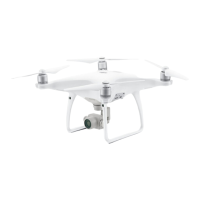
Do you have a question about the dji PHANTOM 4 Series and is the answer not in the manual?
| GPS Mode | GPS/GLONASS |
|---|---|
| Battery Capacity | 5870 mAh |
| Battery Voltage | 15.2 V |
| Gimbal | 3-axis (pitch, roll, yaw) |
| Video Resolution | 4K |
| Max Transmission Distance | 3.5 km (CE) |
| Max Speed | 72 kph (Sport Mode) |
| Max Ascent Speed | 6 m/s |
| Max Descent Speed | 4 m/s |
| Operating Temperature Range | 0°C to 40°C |
| Remote Controller Operating Frequency | 2.400 - 2.483 GHz |
| Obstacle Sensing System | Forward Vision System, Downward Vision System |
| Charging Time | Approx. 1 hour 20 minutes |
Guidelines for flying in different environmental conditions, including obstacles and altitude.
Essential checks before each flight to ensure safety and proper operation.
Procedures and precautions for operating the aircraft during flight.
Rules and regulations to follow for safe and legal flight operations.
Explains the meaning of WARNING, NOTICE, and CAUTION labels for safety.
Essential checks including parts, batteries, camera, gimbal, propellers, firmware, and flight area.
Avoid impairment, maintain visual line of sight, and understand flight modes.
Product is not a toy, requires adult supervision, and improper use can cause damage.
Information on how flight data and personal data are collected, used, and stored.
Lists included documents and guides for preparing for the first flight.
Ensure genuine parts, proper mounting, and no foreign objects for safety.
Covers remote controller, camera, gimbal, and compass usage and safety.
Rules for propeller usage, including using genuine DJI parts and avoiding modification.
Ensure motors are securely mounted and avoid touching them during operation.
Ensure the ESCs sound normal when powered on for proper function.
Ensure the app is launched correctly and contact support for data chargers.
Guidelines for storing and transporting the aircraft and its components safely.
Inspect all aircraft parts after any crash or violent impact.
Operate in good to moderate weather conditions, avoiding severe weather.
Fly in open areas, avoid wireless and magnetic/radio interference sources.
Avoid impairment, misuse of controls, and using crashed or damaged aircraft.
Explains P-mode, S-mode, and A-mode, and their operational characteristics.
Procedures for RTH, its GPS dependency, and obstacle avoidance during failsafe.
Details on how the Vision and Infrared Sensing Systems work, their limitations, and affected scenarios.
Safe operation of TapFly, including avoiding obstacles and taking control in emergencies.
Safe operation of ActiveTrack, including avoiding obstacles and following privacy laws.
Rules to avoid non-compliant behavior, injury, and property damage, including manned aircraft.
Information on No Fly Zones, their locations, website, and operational restrictions.
Adhere to the 120-meter altitude limit and understand procedures for exceeding it.
FCC, IC, KCC, NCC, and EU compliance details for the device.
Guidelines for the proper and separate disposal of old electrical appliances.
Compliance notices for FCC, IC, and EU directives for Phantom 4 Advanced models.
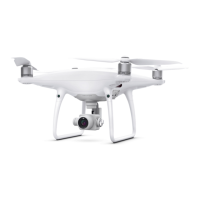
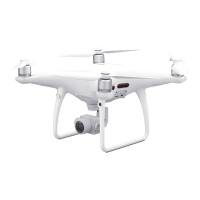
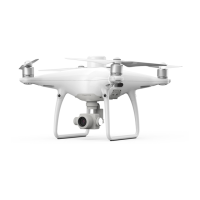
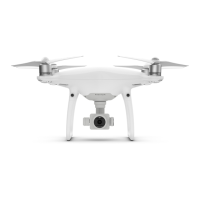
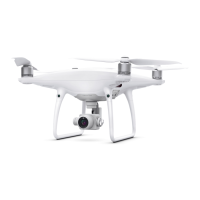

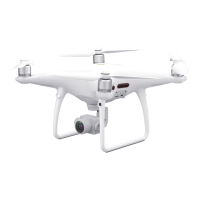
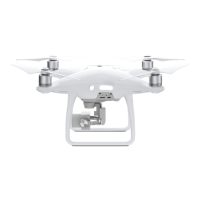
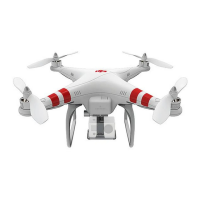
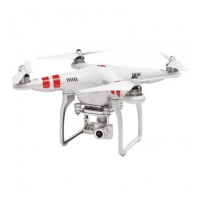
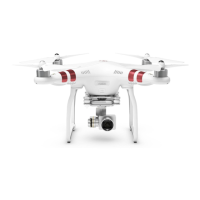
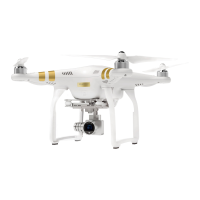
